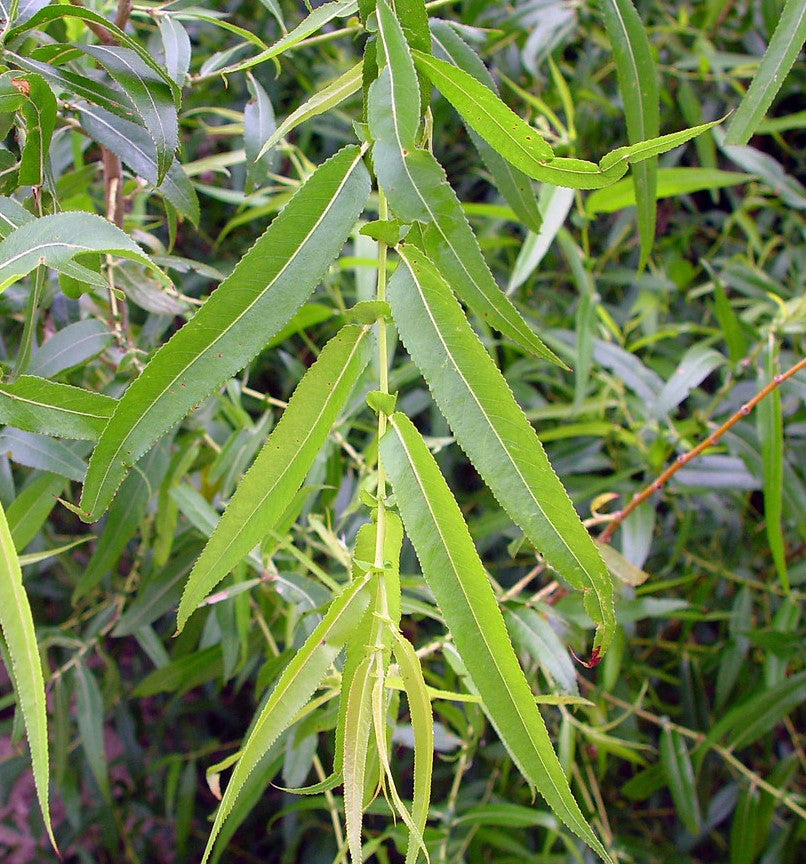1
/
of
1
SALIX NIGRA / BLACK WILLOW
- Regular price
-
$23.99 CAD - Regular price
-
- Sale price
-
$23.99 CAD
Shipping calculated at checkout.
Couldn't load pickup availability
Delivery Fees
Convenient Delivery to Your Doorstep, Minimum Order $100 and it's on us!
Orders less than $100 will be subject to a $15.00 delivery fee.
- Size and Growth Form: Black willow is a relatively large tree that can reach heights of 50 to 80 feet (15 to 24 meters) or more. It has an upright, spreading crown with branches that often droop towards the ground.
- Bark: The bark of black willow is dark brown to black, deeply furrowed, and can appear somewhat scaly. This characteristic contributes to its common name.
- Leaves: The leaves are lance-shaped, finely serrated along the edges, and have a glossy green upper surface. The undersides of the leaves are lighter in color. The leaves are typically 3 to 6 inches long.
- Catkins: Like other willow species, black willow produces catkins. The catkins are cylindrical clusters of flowers that appear in early spring before the leaves emerge. Willows are often dioecious, meaning individual trees are either male or female.
- Habitat and Distribution: Black willow is commonly found in riparian zones, along stream banks, and in other wetland areas. It has a wide distribution in North America, ranging from the eastern United States to parts of the Midwest and southward.
- Adaptability: Black willow is known for its adaptability to a variety of soil types, including wet soils and periodically flooded areas. It is often found in areas with fluctuating water levels.
- Wildlife Importance: The tree provides habitat for various wildlife species. The catkins are a food source for insects, and the dense branches offer nesting sites for birds. Additionally, beavers use the branches and bark for building their dams.
- SPREAD 4-5 M
- HEIGHT 18-20 M
- PLANT ZONE 3
- NATIVE TO ONTARIO
Care Instructions
Different plants have different watering needs. Check the soil moisture by inserting your finger about an inch into the soil. If it feels dry, water the plant until the water drains from the bottom of the pot. Avoid overwatering, as it can lead to root rot.


SALIX NIGRA / BLACK WILLOW
- Regular price
-
$23.99 CAD - Regular price
-
- Sale price
-
$23.99 CAD
SALE
All Echinacea & Monarda, Buy 4 get 1 Free! No code required


